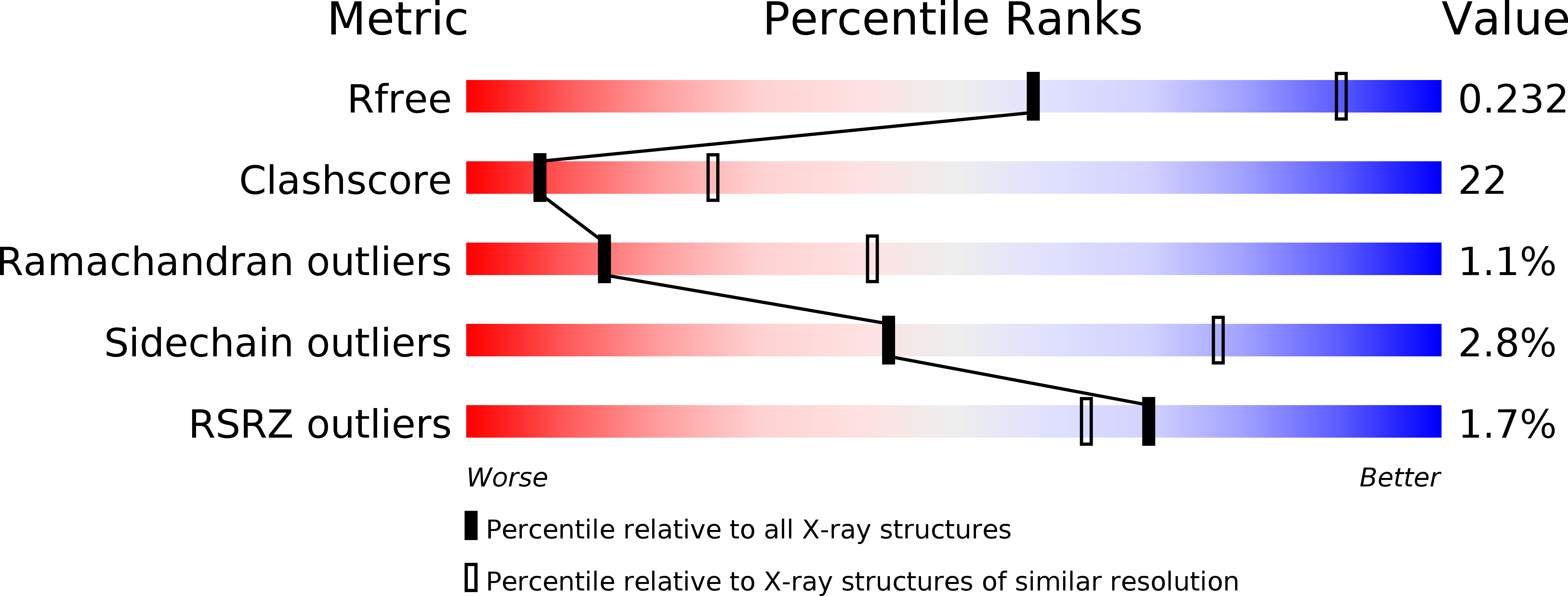
Deposition Date
2003-10-17
Release Date
2004-01-13
Last Version Date
2023-08-23
Entry Detail
PDB ID:
1R6Z
Keywords:
Title:
The Crystal Structure of the Argonaute2 PAZ domain (as a MBP fusion)
Biological Source:
Source Organism:
Escherichia coli (Taxon ID: 562)
Drosophila melanogaster (Taxon ID: 7227)
Drosophila melanogaster (Taxon ID: 7227)
Host Organism:
Method Details:
Experimental Method:
Resolution:
2.80 Å
R-Value Free:
0.28
R-Value Work:
0.22
Space Group:
P 65


